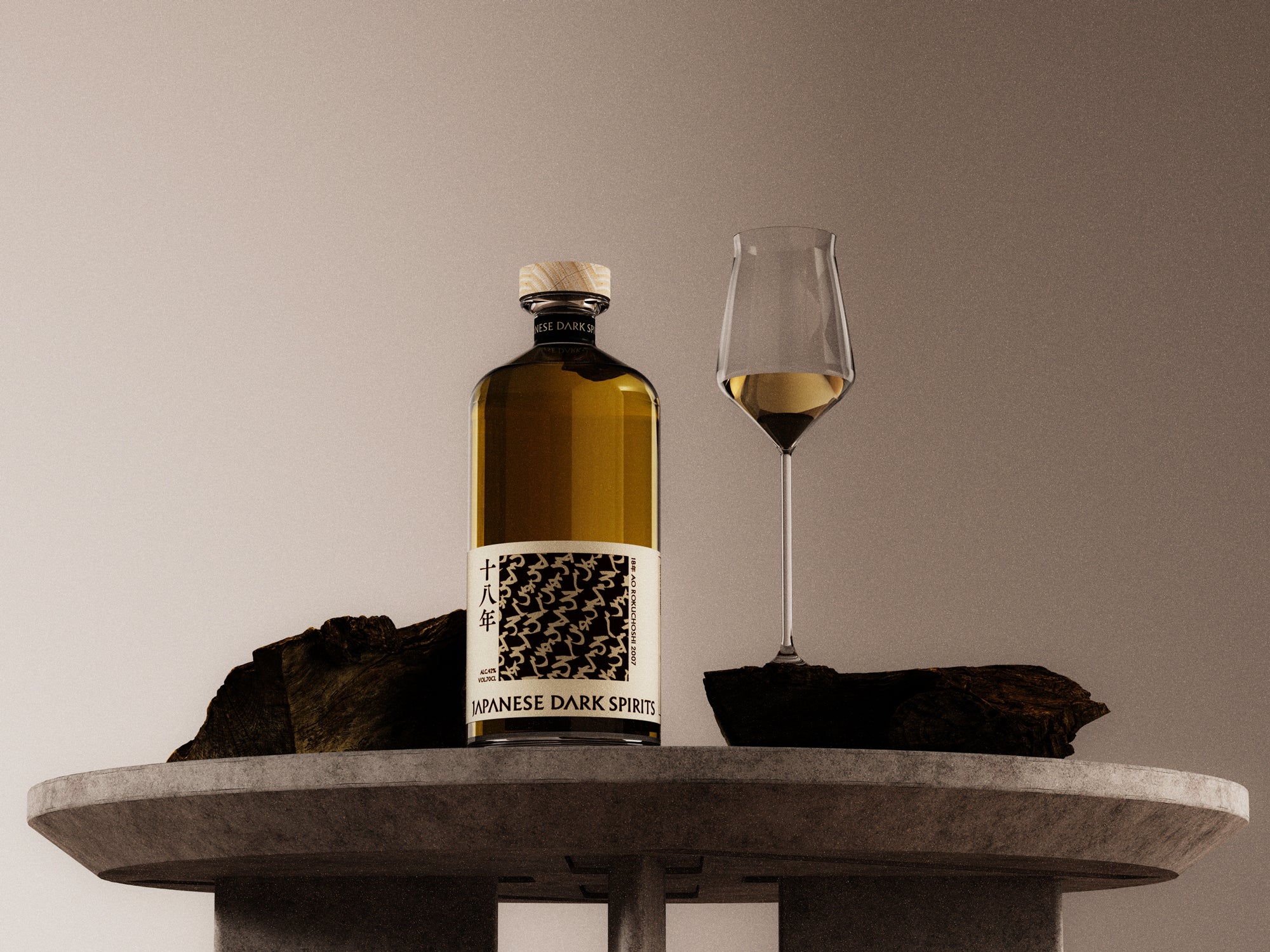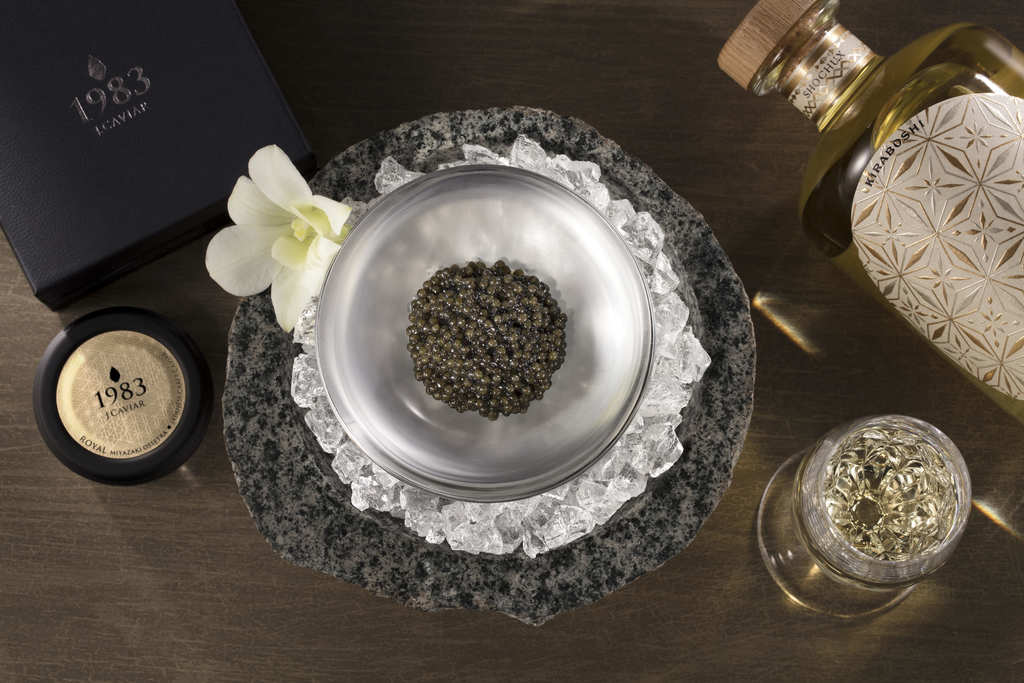Article: Along with the release of Japanese Dark Spirits *Reprinted from note
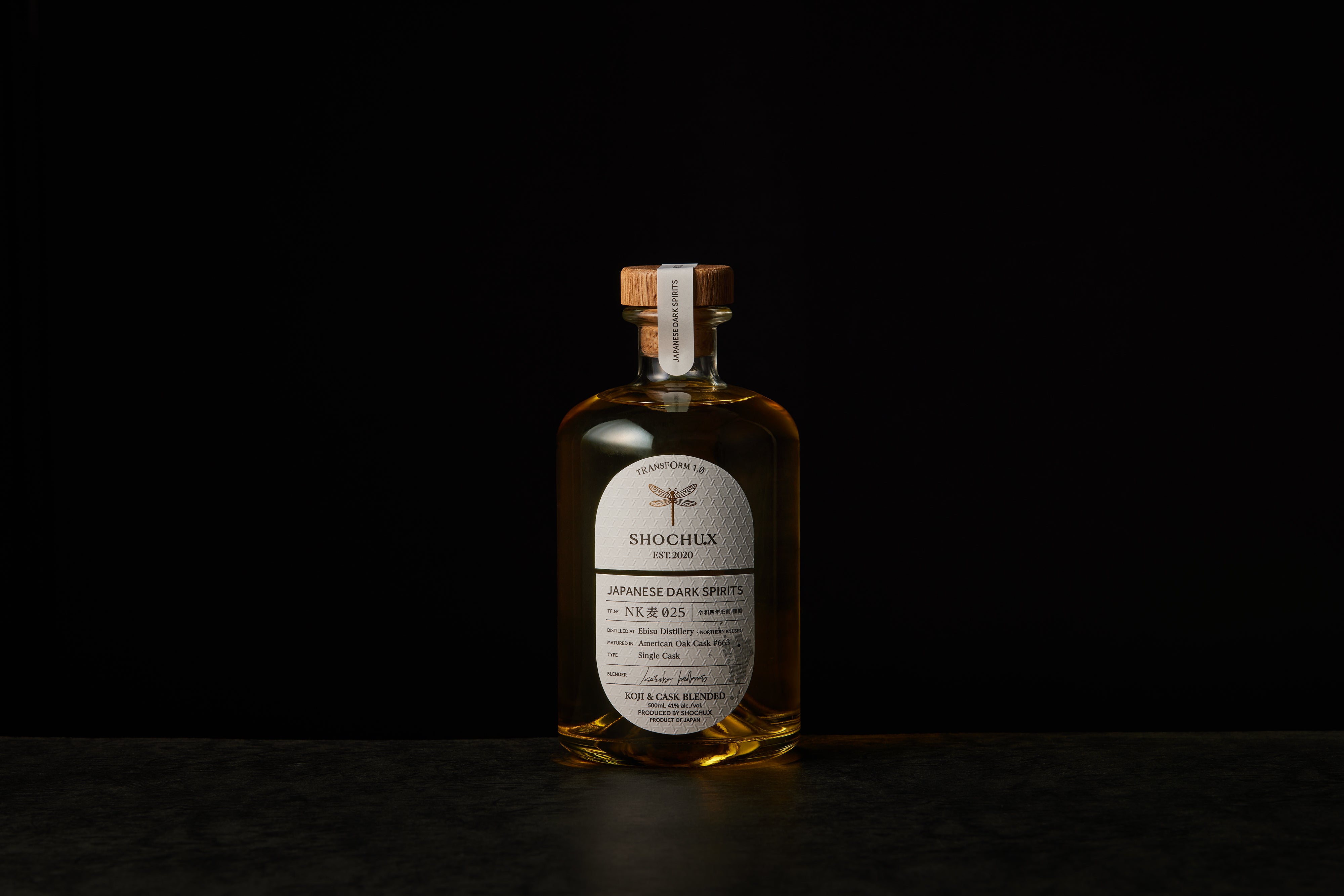
Along with the release of Japanese Dark Spirits *Reprinted from note
*Reprinted from Hashimoto's note
On September 16th, we will launch the ``Japanese Dark Sprits Series'' of shochu as a spirit that meets global standards.
As the first product, "NK Mugi 025" will be on sale from 21:00 on Tuesday, September 20th. To that end, I thought I should tell you the background of this series, so I wrote this article.
Initiatives so far
Two years ago, our first release was at Makuake. Corona arrived just after we decided to launch this brand in the first place. Due to the coronavirus outbreak, crowdfunding has become more popular around the world, and we were able to achieve 1.6 million yen in pre-sales. Seeing this screen makes me feel nostalgic.
A year has passed since we launched our own e-commerce business, and we have renewed our brand.
Opening a store at Isetan's foreign store (Tanseikai),

It was used for JT's campaign,
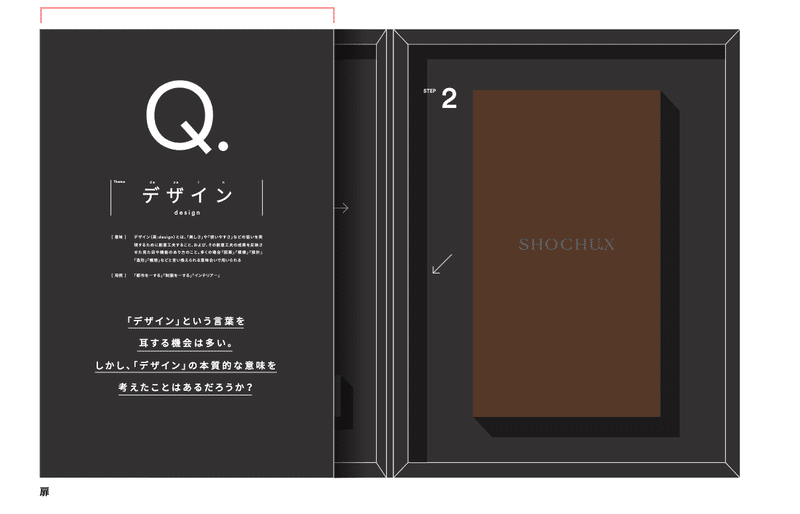
Take the plunge and exhibit at the Big Sight export exhibition,

This week we have an event with Ritz-Carlton (finally we can have an event in real life. We have many plans in the future)

SHOCHU
What I felt in the past two years
Our mission is ``TRANSFORM SHOCHU,'' which means to change the way we drink shochu, the way we drink it, and the image of it.
It's an afterthought, but that's where the "X" in SHOCHU X comes from.
Although it sounds good, cultivating a culture takes a lot of time.
While there are many products from traditional sake breweries, it's a little difficult to figure out how to get people to pick up SHOCHU What can we do to get people to choose shochu instead of sake as their meal drink at an expensive izakaya?How can we get people to choose alcohol as an option in an age where there is so much entertainment?
I've been thinking about these things even while I was sleeping.
In fact, shochu has started to release various products in the past few years, and it is now being sold in bar scenes where it was not available before, and it is gradually gaining recognition overseas, so it is clear that there is a tailwind. I feel it. There are almost no cases where young people have a bad impression of shochu.
However, as I have been running the brand for over two years, I have strongly felt that, regardless of whether I want to grow SHOCHU Ta.
So, without fear of misunderstanding, I feel that we need to spread the word about shochu by any means necessary. Shochu isn't really talked about.
Release background
SHOCHU Therefore, many of the sake breweries that we currently partner with specialize in long-term aging, and we have also visited many other breweries.
In the past, shochu was popular as an alcoholic beverage for the common people, while whiskey and brandy existed as noble alcoholic beverages. While both types of sake are aged in barrels, there was basically no culture for aging shochu, let alone aging in barrels (color regulations were introduced at that time). There are more and more manufacturers.
In fact, such products are selling well both domestically and overseas, and I have felt firsthand that there is a demand for such products.
Although I'm a shochu lover, I like and drink all types of alcohol, and I'm interested in it. I'm just biased, but when it comes to shochu, I think that uncolored (not aged in barrels) so-called Shiromono (white spirits) is fair, and I've always thought that anything else is evil.
However, as I learned more about aging shochu in barrels, I came across many things that I found interesting, to the point where I thought, ``I want to buy all these barrels and commercialize them.''
Nowadays, whiskey is gaining so much popularity, and although it is by no means the same thing, I have changed my mind, thinking that it is important to take advantage of it in some way, contextually.
With shochu attracting attention, we decided to release the `` Japanese Dark Sprits Series '' as an extension of our existing concept. .

Origin of the series name
Basically, it is commercialized according to spirits standards.
We will firmly communicate that barrel-aged shochu is a Japanese distilled spirit. I believe that this must be the basis for starting this project.
I think there will be more products like this in the future. Even in such a situation, I think it is extremely important to organize the categories.
for example,
Whether it's tequila, blanco, reposado, or anehorum, they are clearly categorized into white, gold, dark, etc.
Shochu is broadly divided into ``Class A'' and ``Class Otsu'', and the categories such as potato shochu and barley shochu, which we are responsible for, are ``Class A''. However, there is an image that ``Otsu'' is inferior to ``A'', so ``Otsu-rui'' was given another name, ``honkaku shochu.''
(However, strictly speaking, Otsu-type shochu is not authentic shochu, which is a bit of a misconception!)
However, whether it's tequila or rum, it doesn't mean that clear (white, blanco) is inferior to dark (anejo, dark); rather, I seriously hope that by naming it dark, it will be an opportunity for white to become more widespread. That's what I think.
I chose this name to make it easier to understand intuitively.
NK wheat 025? ?
I'm sure many of you were wondering what this cipher-like name was.
Unraveling each one one by one
NK=Northern Kyushu
Barley = raw material (barley shochu)
In particular, the NK part was named with meaning in mind.
Distillation technology developed and came from Thailand and China in the south, and in Kyushu and Okinawa, it mixed with Japan's fermentation culture and shochu was born.
From the north, you can find Iki, Oita, and Fukuoka for barley shochu, Kumamoto in the Chubu region for rice shochu, and the south for Kagoshima and Miyazaki, which are famous for potato shochu. If you leave mainland Kyushu and go to the islands, you'll find Amami Oshima, where brown sugar shochu is made, and further south, Okinawa's awamori. Crops and grains grown in the area were used as raw materials.
However, I feel that it is a great waste to divide 〇〇 shochu by prefecture based on raw materials. I think it will be much easier to understand if we consider Kyushu and Okinawa in a broad sense, like Scotch, and categorize them into northern, central, southern, and islands. The current system in Japan may be causing this, and as I cited above for prefectures, the sake brewers' association is also divided by prefecture, and this is an idea that we can come up with because we are a startup that does not belong to any one place. , I think it's worth doing. (So, in addition to NK, there are already plans to sell several types in the Japanese Dark Spirits series.)
Compared to sake breweries that have decades or hundreds of years of history and tradition, we are a very small entity, so it may be pointless to think of such a category.
However, this kind of clarity and classification is important so that sellers do not become confused and consumers do not become confused. I believe that if you don't have a sense of responsibility when doing something, it's no good.
the next deployment
As mentioned in the press release, we are aiming to obtain a spirits manufacturing license.
Like sake, shochu is also not allowed to enter the market.
There are many regulations regarding the production of shochu, such as color regulations and alcohol content regulations.
However, if you take this to your advantage, there are many shochu (spirit standards) that cannot be made into shochu, and while you cannot obtain a new license for shochu, you can currently do so for spirits. And we only intend to commercialize products that are unique to a startup, so this is a perfect fit.
Just as Japanese sake is currently gaining momentum in the ``Other Brewed Alcohols'' category, I day by day fantasize that it would be interesting to see more new companies challenge shochu in the ``Spirits'' category.
As an extension of this "Japanese Dark Spirits Series," we can collect barrels of unprocessed sake from various manufacturers and operate a business similar to bottlers.

The top of the label is set to "TRANSFORM1.0", but if possible, I plan to change it to "2.0".
At SHOCHU X, we are currently mainly commercializing aged sake. It may seem contradictory, but shochu is delicious even when it's new or fresh.
In March 2022, he tweeted this when he released ``Washuka'', which won first place in the rice shochu category at Kura Master.
I believe that the root of my thoughts and the identity of shochu lies in white spirits.
We would like to try our hand at manufacturing ourselves as well.
This is the first time I've made these things public, but I'd be happy if more people could help make shochu even a little bit more popular.
===================
Limited quantities will be on sale from 21:00 on Tuesday, September 20th. It will end as soon as it is sold out.
We held a tasting event in advance, and a number of restaurants and retailers have already decided to carry the product. Please guess how many years it is aged (lol)
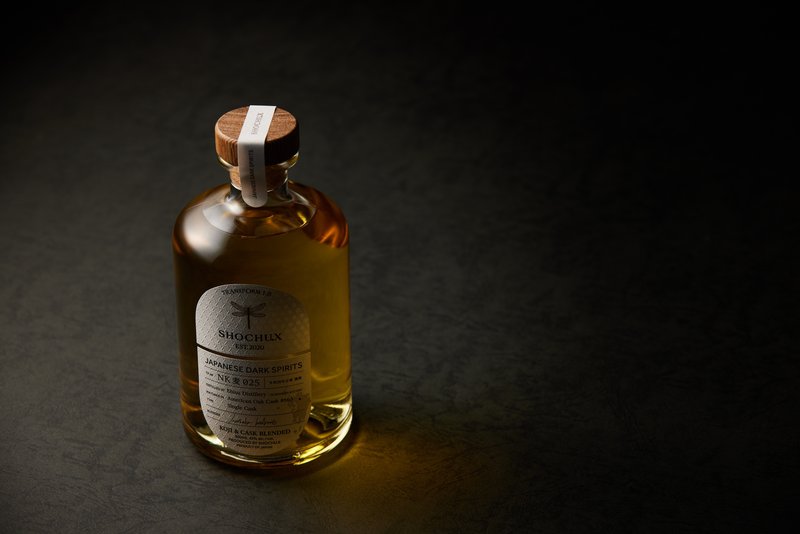
We will send you a notification 10 minutes before the sale on LINE or our email newsletter, so please register!
